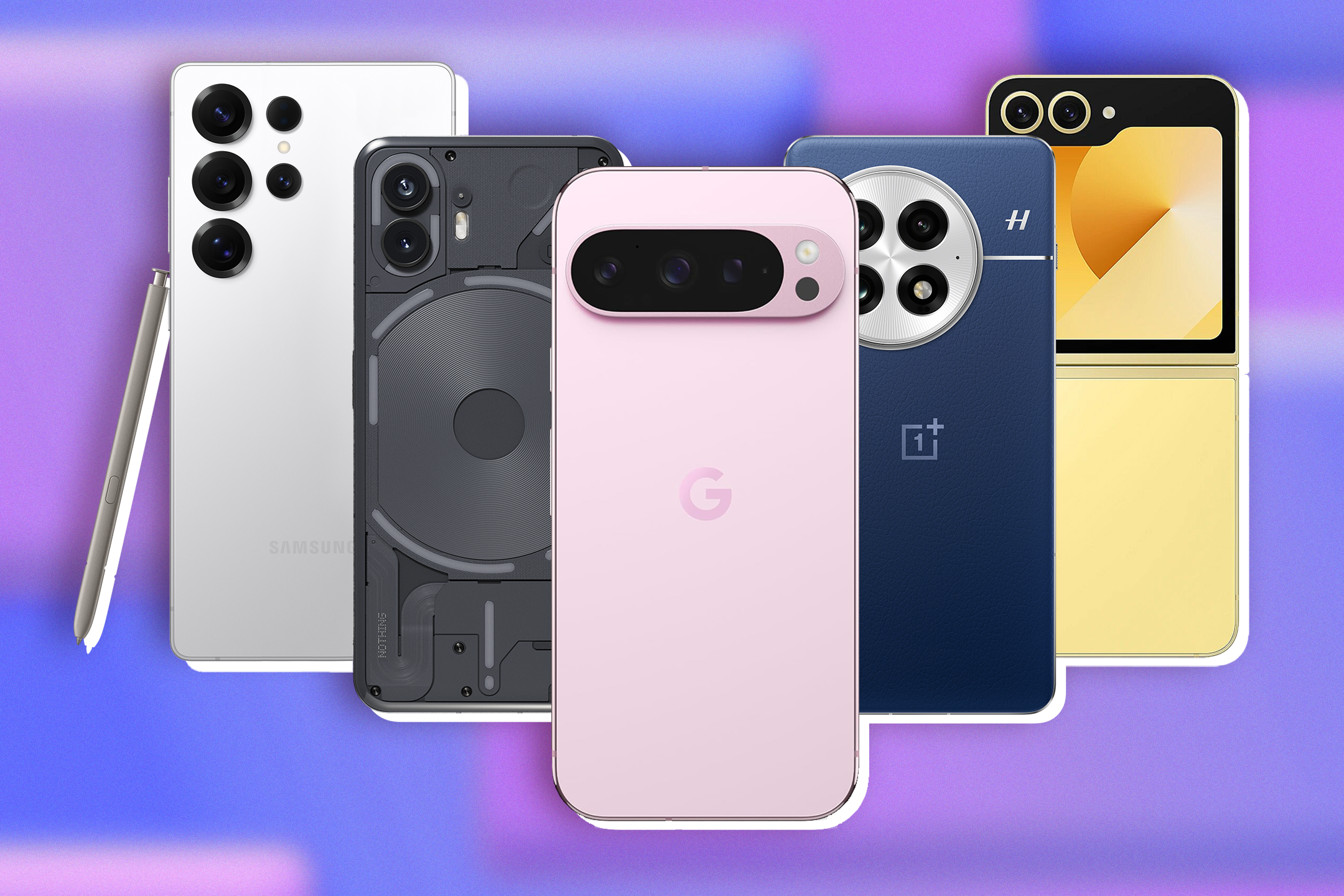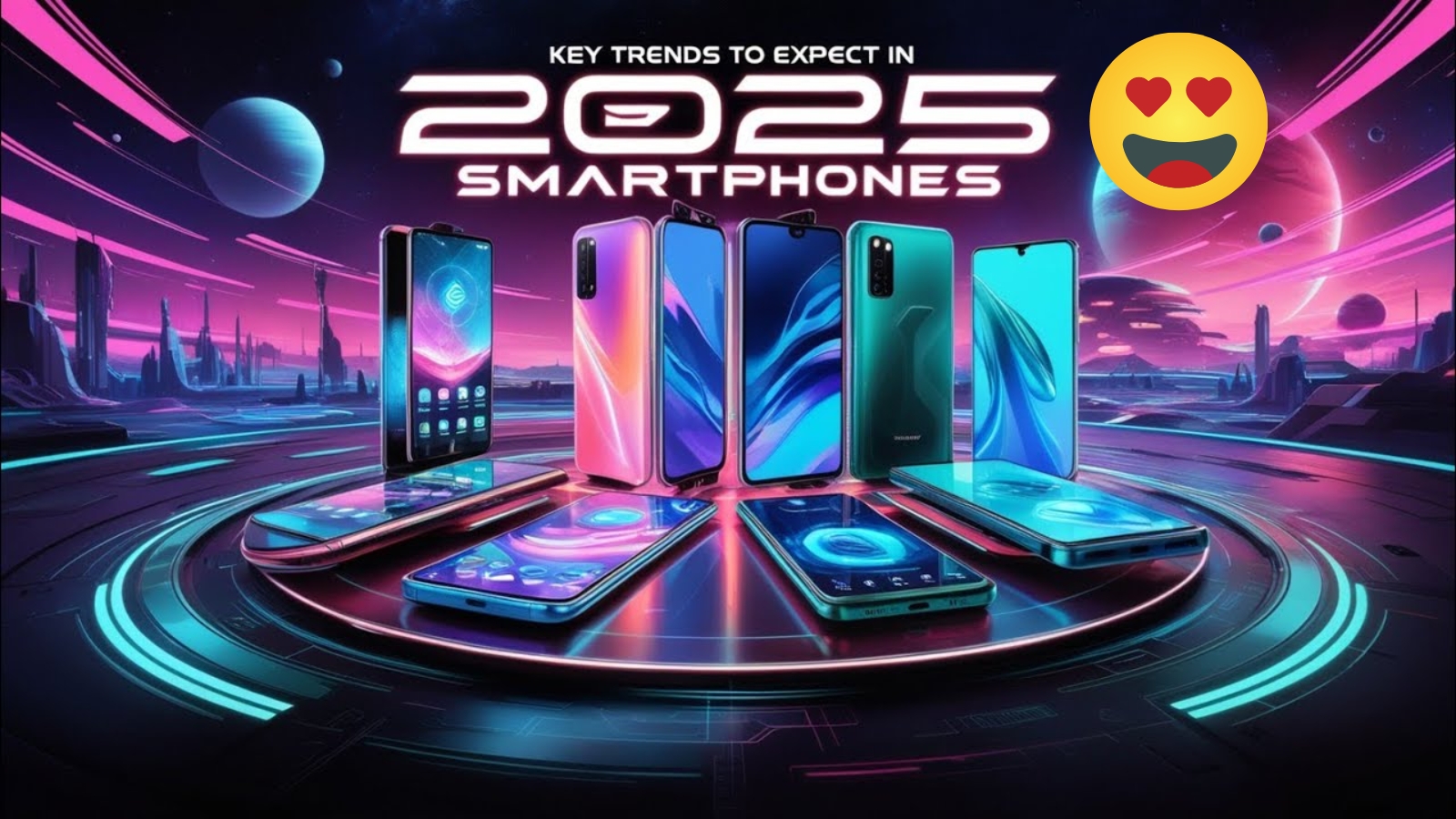Apple continues to dominate the UK smartphone market with over 50% market share, but exciting challengers like Xiaomi and Samsung are reshaping how British consumers think about their next phone upgrade.
The UK smartphone landscape in 2025 tells a fascinating story about British preferences, wallet consciousness, and tech adoption. While some brands maintain their royal status, others are staging impressive comebacks that might surprise you.
Apple Maintains Its Crown, But Faces Growing Criticism
Apple sits comfortably at the top of UK smartphone preferences, with the iPhone 15 Pro Max leading individual model sales. However, there’s a plot twist – 31% of smartphone owners view Apple as “overrated”, while just 7% say the same of Samsung. This growing sentiment suggests British consumers are becoming more critical of premium pricing, especially during uncertain economic times.
What’s particularly interesting is that ownership of Apple’s smartphones has also decreased by 6pp since 2023. This decline opens doors for challenger brands to capture market share from the tech giant that once seemed untouchable.

Samsung Fights Back with AI-Powered Strategy
Samsung isn’t sitting idle while Apple holds court. The South Korean brand has been able to consolidate its market leadership and outperform the overall market achieving strong growth in the quarter driven by the sales of its new Galaxy A36 and A56 products. Their secret weapon? Artificial intelligence features that actually matter to everyday users.
The company’s smart move involves AI-enabled features to mid-range devices, which has been effectively used in retail stores to drive sales, as more consumers become curious about AI. This strategy makes advanced technology accessible without the premium price tag.
The Chinese Brands Making Waves
Xiaomi’s British Invasion
Xiaomi deserves special attention for its remarkable UK journey. The brand has been intensifying their marketing strategies to capture greater market share, particularly among tech-savvy millennials and Gen Z customers. Their approach focuses on delivering flagship features at mid-range prices, which resonates strongly with younger British consumers who grew up during economic uncertainty.
OPPO’s Strategic Comeback
After facing challenges, OPPO’s volume returned to growth following two difficult years, driven by a key focus on Spain, Italy, Romania and Portugal. While this data covers Europe broadly, it signals OPPO’s renewed commitment to challenging markets like the UK.
What British Consumers Actually Want in 2025
Durability Over Flashiness
Economic pressures have fundamentally shifted UK priorities. Tariff threats and dampened consumer confidence could hinder upgrades. Brands should develop and promote smartphones designed for longevity and durability to appeal to consumers. British buyers want phones that last, not just phones that impress.
Features gaining traction include:
- Extended warranties that actually mean something
- Transparent repair options and pricing
- Builds designed to survive everyday accidents
- Modular upgrades instead of complete replacements
The 5G and Sustainability Connection
The market shows ongoing consumer interest in 5G technology and eco-friendly devices, indicating shifting preferences that smartphone manufacturers must navigate. British consumers increasingly view 5G not as a luxury but as essential infrastructure, while environmental consciousness drives demand for recycled materials and sustainable manufacturing.
Market Share Breakdown: The Numbers Game
| Brand | Market Position |
|---|---|
| Apple | Leading with 50%+ market share, but facing “overrated” perception |
| Samsung | Strong second, growing with AI-focused mid-range strategy |
| Xiaomi | Rising challenger, popular with millennials and Gen Z |
| OPPO | Recovering growth, targeting specific European markets |
| Sony | Lower ranking in consumer preference surveys |
| Others | Various smaller players competing for remaining share |
The Price Reality Check
British consumers are becoming increasingly price-conscious, which explains why brands offering “flagship features at mid-range prices” are gaining ground. The economic uncertainty has made people think twice about £1000+ phones when £300-500 devices offer 80% of the functionality.
What This Means for Your Next Purchase
If you’re shopping for a smartphone in 2025, consider these insights:
For Apple loyalists: Wait for better deals or consider older models that still receive updates. The iPhone 13 and 14 remain popular choices offering excellent value.
For Android explorers: Samsung’s A-series offers AI features without premium pricing, while Xiaomi provides exceptional value for money with flagship-level specifications.
For the environmentally conscious: Look for brands emphasizing sustainability, recycled materials, and modular upgrade paths.
The 2025 Smartphone Battlefield
The UK market is primed for disruption. With Apple facing perception challenges and Chinese brands offering compelling alternatives, 2025 could mark a significant shift in British smartphone preferences.
The UK Smartphone Market CAGR (growth rate) is expected to be around 2.608% during the forecast period (2025-2035), indicating steady but not explosive growth. This measured expansion suggests consumers are holding onto phones longer and making more thoughtful purchasing decisions.
Key trends to watch:
- Continued growth of AI features in mid-range devices
- Increasing demand for sustainable and repairable smartphones
- Price sensitivity driving value-focused purchasing decisions
- 5G becoming standard rather than premium
Frequently Asked Questions
Q: Which smartphone brand is most popular in the UK right now?
A: Apple leads with over 50% market share, though Samsung and Xiaomi are gaining ground rapidly.
Q: Are Chinese smartphone brands reliable in the UK?
A: Yes, brands like Xiaomi and OPPO offer excellent build quality and features, often at better value than premium alternatives.
Q: Should I buy a smartphone now or wait for better deals?
A: With economic uncertainty affecting prices and longer ownership trends, waiting for promotions or considering slightly older flagship models makes financial sense.
